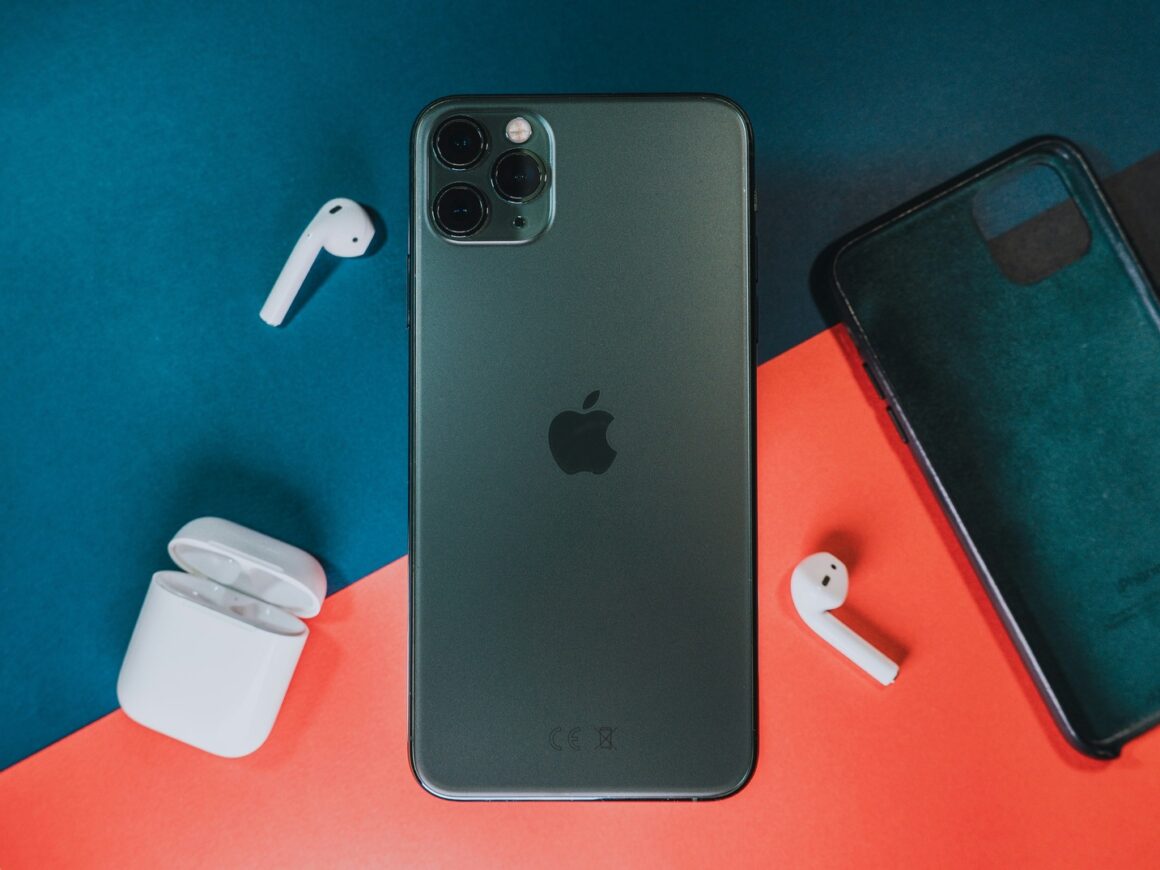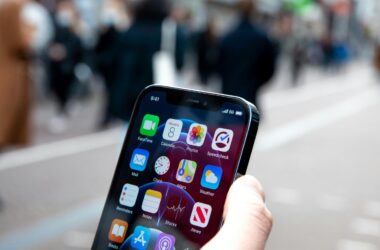1. Introduction
In today’s digital era, smartphones are not just communication devices; they are integral to our daily lives, serving as our music players, alarm clocks, and gateways to the digital world. Among these, the iPhone stands out for its superior design, cutting-edge technology, and, of course, its sophisticated sound system. However, what happens when your iPhone suddenly goes silent, leaving you in a world devoid of notification pings, incoming call rings, or the melody of your favorite tunes? This sudden loss of sound can be disorienting, affecting not just personal enjoyment but also essential functions like alarms and ringtones.
Fortunately, the “No Sound” issue on iPhones is more common than you might think and, in most cases, can be resolved with a few troubleshooting steps. Whether it’s a simple oversight in the settings, a software glitch, or a need for minor hardware intervention, this guide is designed to walk you through the process of diagnosing and fixing your iPhone’s sound problems. By the end of this post, you’ll be well-equipped to restore your device’s audio capabilities, ensuring that you never miss out on what’s important. So, let’s dive into the solutions that can bring the sounds of the world back to your iPhone.
2. Understanding the ‘No Sound’ Issue
The “No Sound” issue on iPhones can manifest in several ways, affecting various audio outputs. Some users might find their device fails to emit any sound from the speaker during calls, while playing music, or when receiving notifications. Others may experience sound only through headphones, leaving the external speaker silent. This problem can stem from software glitches, incorrect settings, or hardware malfunctions.
2.1 Common Scenarios:
- Silent Mode Engaged: One of the simplest reasons your iPhone has no sound could be because it’s unintentionally set to silent mode.
- Volume Level: The volume might be turned down or off for specific apps or functions.
- Software Glitches: Outdated iOS versions or app-specific bugs can interfere with sound output.
- Hardware Issues: Dust, debris, or damage to the speaker or headphone jack can prevent sound from being emitted correctly.
Understanding these scenarios is crucial for troubleshooting. They provide a foundation for systematic problem-solving, allowing users to apply targeted fixes effectively.
3. Initial Troubleshooting Steps
Before delving into more complex solutions, there are several quick checks and adjustments you can make:
- Check the Silent Mode Switch: Located on the side of your iPhone, ensure this switch isn’t set to silent.
- Verify Volume Levels: Use the volume buttons to increase the sound and check settings for individual app sound preferences.
- Restart Your iPhone: A simple restart can resolve many temporary glitches affecting sound.
- Check Bluetooth Connections: Ensure your iPhone isn’t connected to an external speaker or headphones via Bluetooth.
- Disable Do Not Disturb Mode: This mode can silence calls, alerts, and notifications.
These steps address the most common and easily overlooked causes of the ‘No Sound’ issue. They are the first line of defense and can often restore sound without the need for further intervention.
4. Software Solutions
When initial troubleshooting doesn’t resolve the issue, it’s time to explore software solutions that can rectify more persistent sound problems.
- Update iOS: Go to Settings > General > Software Update. Installing the latest iOS version can fix bugs affecting sound.
- App-Specific Sound Issues: Check if sound issues occur only in specific apps. If so, updating or reinstalling those apps might help.
- Reset All Settings: This option (Settings > General > Reset > Reset All Settings) won’t erase your data but will reset system settings to default, potentially resolving sound issues.
- Restore iPhone: As a last resort, back up your data and restore your iPhone via iTunes or Finder. This can address deeper software issues but should be used with caution due to data loss risks.
These software-based solutions can tackle more complex issues that aren’t resolved by basic troubleshooting. It’s essential to proceed with caution, especially with actions that could affect your data.
5. Hardware Checks and Fixes
If software solutions don’t bring back your iPhone’s sound, it’s possible the issue lies with the hardware:
- Inspect for Physical Obstructions: Check the speaker grills and headphone jack for dust, dirt, or debris that might be blocking sound.
- Cleaning the Speaker Grills: Use a soft, dry brush to gently clean the speaker grills.
- Professional Repair: If you suspect physical damage to the speakers or headphone jack, it’s best to seek professional repair. Unauthorized attempts to fix hardware issues can lead to further damage.
These steps are crucial for identifying and resolving hardware-related sound issues, ensuring your iPhone’s audio capabilities are fully functional.
6. Prevention Tips
Preventing future sound issues involves regular maintenance and careful use of your iPhone:
- Regular Software Updates: Keeping your iOS up to date can prevent software glitches that affect sound.
- Keeping the iPhone Clean: Regularly cleaning your device, especially the speaker grills, can prevent obstructions that muffle or block sound.
- Protective Cases: Using a protective case can prevent physical damage to your iPhone, safeguarding against impacts that could harm the speakers.
These preventative measures can help maintain your iPhone’s sound quality and prevent common issues from arising.
7. When to Contact Apple Support
If you’ve exhausted the above solutions without success, it might be time to contact Apple Support. Situations that warrant professional help include persistent software issues after an update, suspected hardware damage, or if your iPhone is still under warranty and experiencing sound problems. Apple Support can offer diagnostic services, repairs, or replacements as needed. Knowing your warranty and service options before reaching out can streamline the process.
Conclusion
Restoring sound on your iPhone often involves a mix of simple troubleshooting, software fixes, and, occasionally, hardware repairs. By following this comprehensive guide, you can diagnose and resolve most ‘No Sound’ issues, ensuring your device remains a vital, fully functional part of your daily life. Remember, prevention is key to avoiding future problems, so regular updates, cleaning, and protective measures are essential. Should you encounter persistent issues, don’t hesitate to seek professional assistance from Apple Support. With the right approach, you can quickly bring back the sounds of calls, music, and notifications to your iPhone, making silent frustrations a thing of the past.








